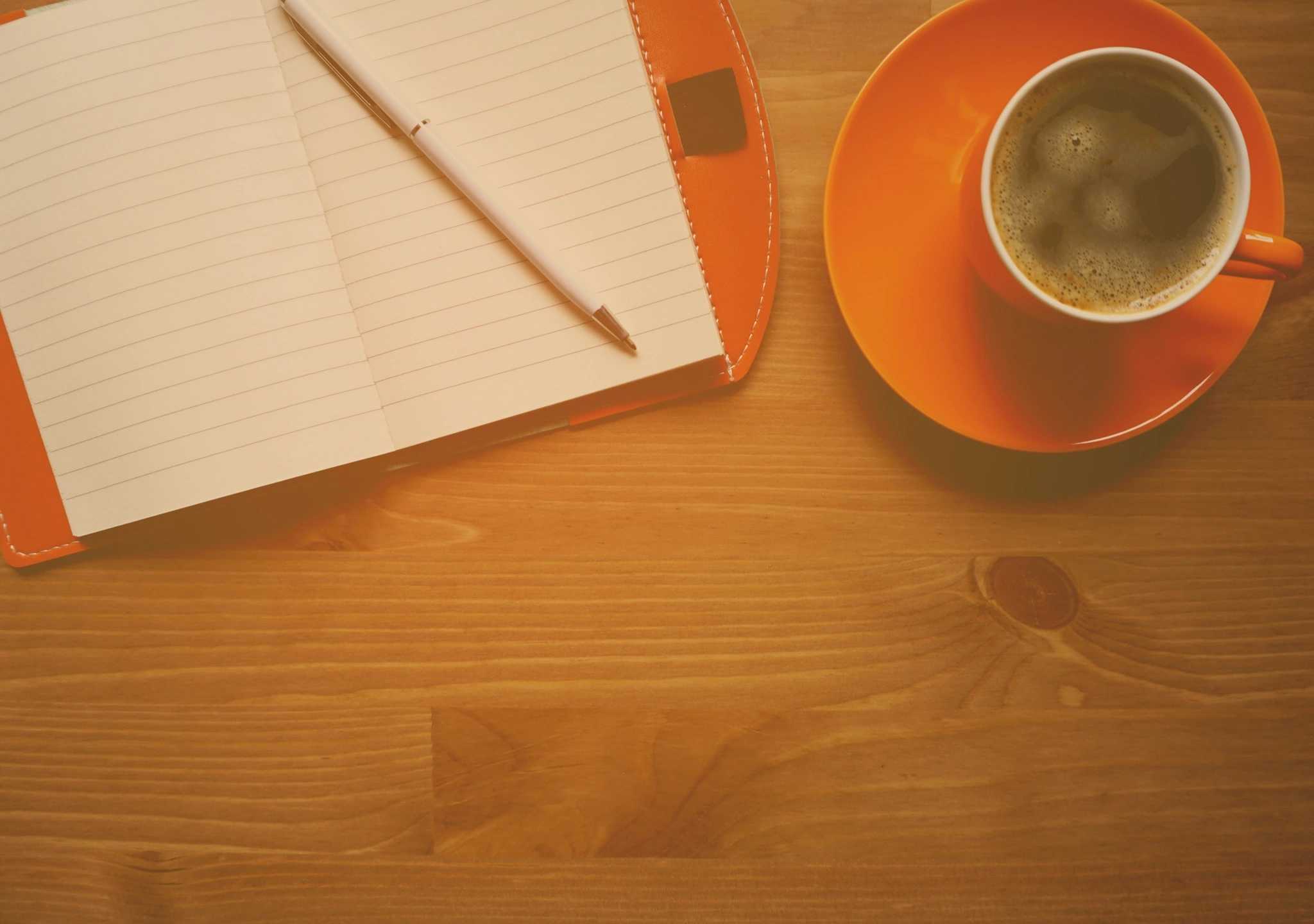When at the beginning stages of a residential interior design project it is highly advisable to take an intelligent look at where you are, what expenditures you have to use, and what is your ultimate long term finished goal when the project is completed.
Look at the size, shape, and location of all spaces involved.
How will the different seasons of the sun coming into the spaces, and the weather outside, affect the functional activities and the ambiances of the spaces remembering that light is the most important part of any interior space?
What is the size and shape of the spaces and how can such be designed for maximum of functionality and the highest level of aesthetics?
How can the physical parts of the space, such as walls, floors, ceilings, the structural, materials, and architectural elements there of, be enhanced, played down, eliminated, or replaced for maximum desirable results?
And remember, ceilings areas are as much space in a room as floors.
What is seen of the outside from the interior spaces and how can such be designed for maximum aesthetics and function?
When all of these elements have been explored, evaluated, and digested, then you can start on the budget, functions, quality level, activation plans, scheduling, ambiance, et cetera.
For every thing that is done, adhere to the laws of physics and principles of design.
Food for thought.
